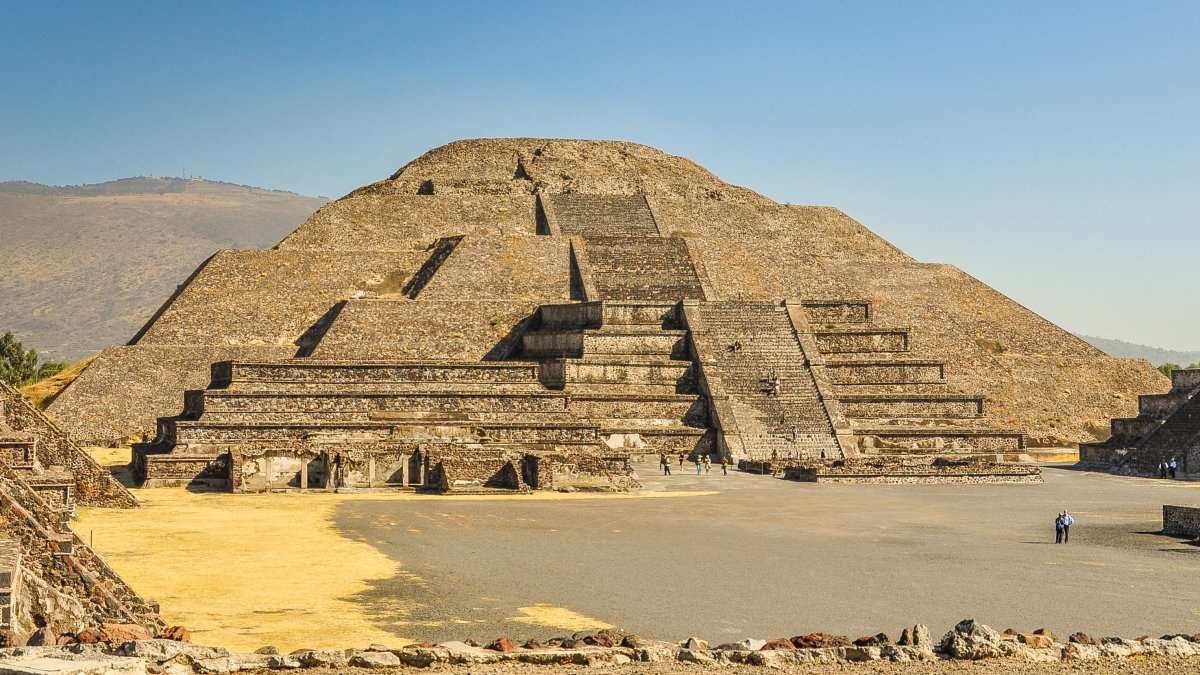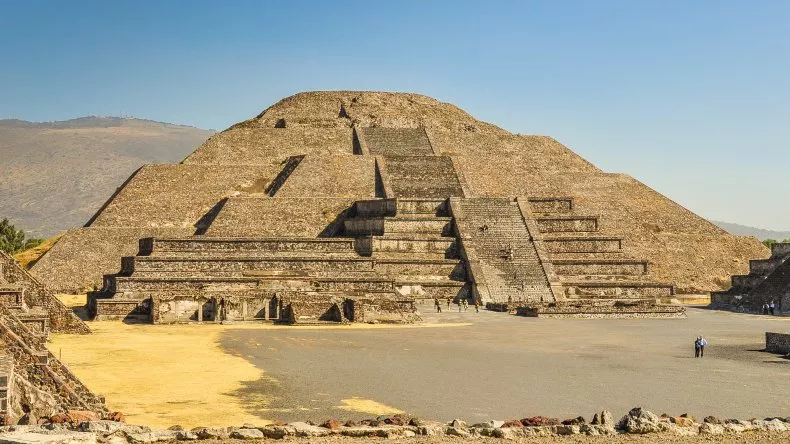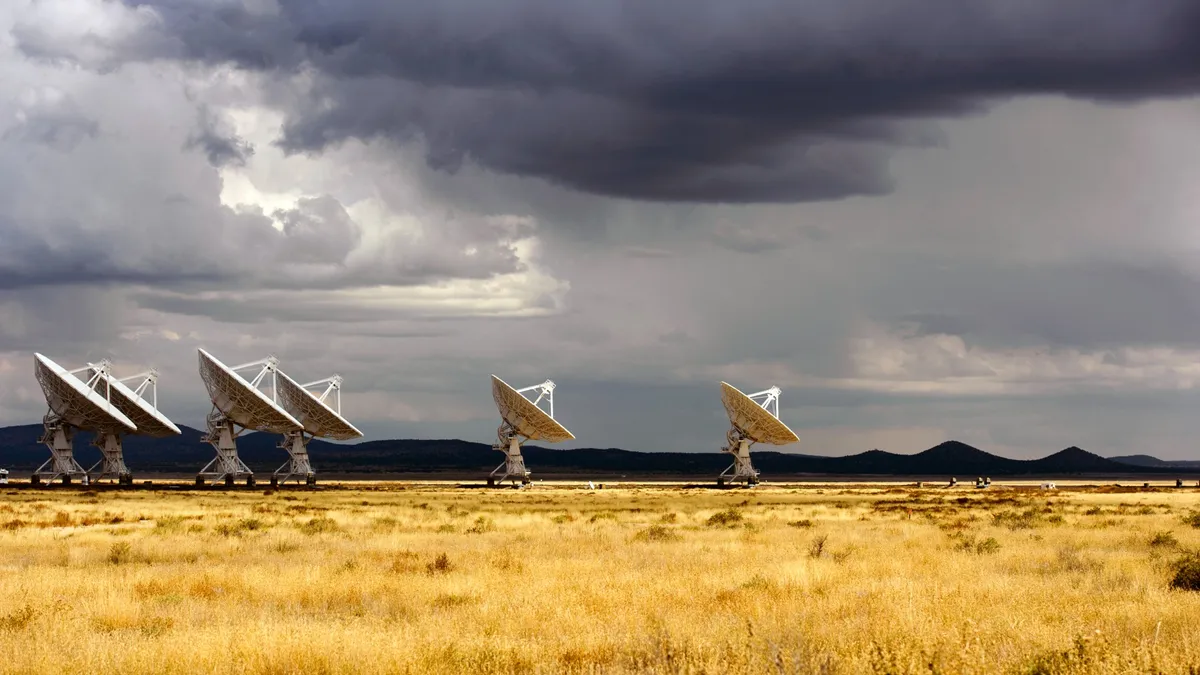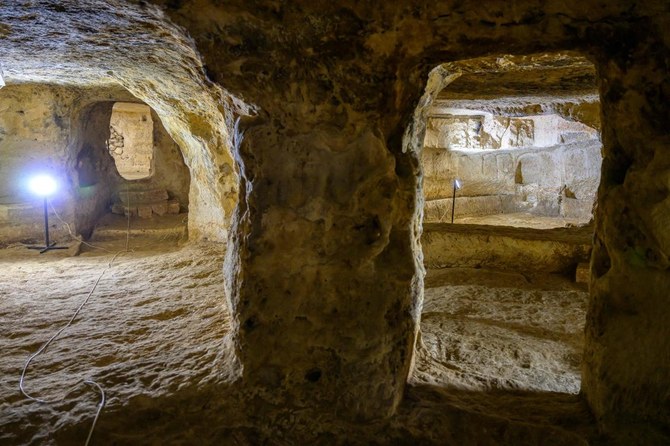In a groundbreaking study, archaeologists have unlocked the astronomical secrets of the Pyramid of the Moon, an iconic pre-Hispanic monument nestled in the ancient city of Teotihuacan, Mexico.
Teotihuacan, situated northeast of Mexico City, predates the Aztec civilization by centuries and once held the title of the largest city in the Americas during the first half of the 1st millennium B.C. The city is renowned for its impressive pyramids, particularly the Pyramid of the Moon and the even larger Pyramid of the Sun.
The sun held immense importance for ancient Mesoamerican cultures, guiding their worldview and influencing the design of their architecture. Solstices and equinoxes served as celestial markers, dictating the alignment of structures like pyramids. Previous studies on Teotihuacan have primarily focused on the Pyramid of the Sun and its astronomical connections. However, this latest research delves into the Pyramid of the Moon's orientations and sheds new light on its celestial significance.

The Pyramid of the Moon, the second-largest structure in Teotihuacan, has long captivated archaeologists and historians. Its unique design and imposing presence hint at its significance within the ancient city. With this newfound understanding of its astronomical alignments, researchers can piece together the cultural and religious practices of the Teotihuacanos and their reverence for the cosmos.
The findings from this study not only enrich our knowledge of ancient Mesoamerican astronomy but also emphasize the importance of interdisciplinary research in uncovering the mysteries of the past. By combining archaeology, archaeoastronomy, and cultural studies, experts can paint a more comprehensive picture of life in Teotihuacan and the beliefs that shaped its society.

As researchers continue to explore the astronomical secrets of Teotihuacan, we can anticipate further discoveries that will illuminate the lives and achievements of this remarkable ancient civilization. The Pyramid of the Moon, with its newly revealed astronomical alignments, stands as a testament to the ingenuity and celestial wisdom of the Teotihuacanos. It invites us to ponder the intricate relationship between humans, architecture, and the cosmos.
While the Pyramid of the Sun has often been the focus of attention, some scholars argue for the greater significance of the Pyramid of the Moon. Its privileged position at the end of the Avenue of the Dead, the central thoroughfare of Teotihuacan, supports this argument.
As archaeoastronomer Aarón Uriel González Benítez explains, the Avenue of the Dead masterfully guides the observer's gaze towards the Pyramid of the Moon, emphasizing its importance within the city's architectural landscape.
To further investigate this hypothesis, a research team led by Ismael Arturo Montero García conducted an archaeoastronomical study focusing on the Pyramid of the Moon's vertices. Their findings reveal a remarkable alignment between the northeast and southwest vertices of the pyramid and the sun's position during the solstices.
On the summer solstice, the longest day of the year, the sun rises directly over the Xihuingo volcano to the northeast as seen from atop the Pyramid of the Moon. Conversely, on the winter solstice, the sun sets behind the Maninal Hill to the west.
This exceptional alignment suggests that the Pyramid of the Moon served a pivotal role in Teotihuacan's astronomical and cultural practices. It not only functioned as a marker for celestial events but also connected the city's inhabitants with the surrounding landscape and its natural features.
The study's findings challenge the traditional emphasis on the Pyramid of the Sun and underscore the need for a more nuanced understanding of Teotihuacan's complex architectural and astronomical relationships. By recognizing the significance of the Pyramid of the Moon and its celestial alignments, researchers can unlock new insights into the beliefs and practices of this ancient civilization.
Further investigations reveal that the southwest vertex of the Pyramid of the Moon points towards Chiconautla Hill, a site of great significance for the Teotihuacanos. As the winter solstice sun sets, it traverses Chiconautla before disappearing behind Moctezuma Peak, which lies in the same line of sight.
Chiconautla and the Xihuingo volcano, acting as an astronomical observatory, were revered locations for the Teotihuacanos. Additionally, the Pyramid of the Moon's shape appears to mirror the silhouette of Maninal Hill, a prominent feature west of Teotihuacan, as observed during the summer solstice sunset.
The researchers also discovered other fascinating astronomical alignments. The northeast and southeast vertices of the Pyramid of the Sun align remarkably with lunar standstills, the lunar equivalent of solstices. This revelation challenges the conventional belief that the Pyramid of the Sun primarily relates to the sun's movements.
The research suggests that Teotihuacan's layout was astronomically determined, centered on the Xihuingo-Chiconautla axis. Contrary to popular belief, the Pyramid of the Moon's astronomical identity seems more influenced by the sun, while the Pyramid of the Sun aligns more closely with the moon's movements. Notably, the current names of the pyramids were given by the Mexica, the ruling group of the Aztec Empire. The original names given by the Teotihuacanos remain unknown.
These groundbreaking findings challenge previous assumptions and shed new light on the intricate astronomical and cultural relationships within Teotihuacan. The city's layout, pyramid orientations, and their alignment with celestial events reveal a deep understanding of astronomy and a reverence for the cosmos, further enriching our knowledge of this ancient civilization.












0 Comments